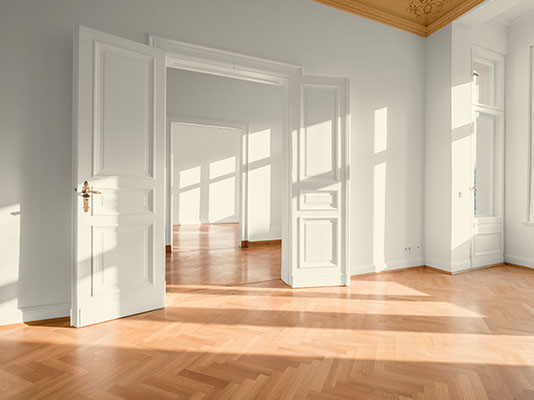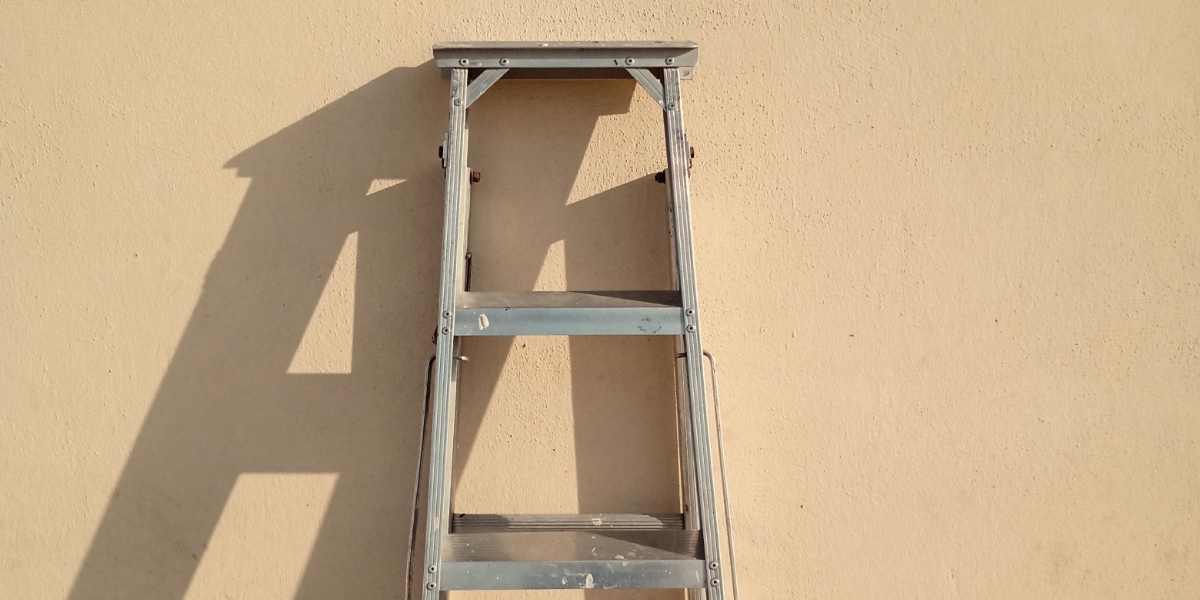Interested in buying your first house? The Home Buyers’ Plan (HBP) lets you use your RRSP, tax-free, to do so. But how does it work and what are the conditions? Find out what it's all about below.
Do you know what your home insurance covers?
Whether you’re a first-time home buyer or a long-term homeowner, it’s important to understand the details of your home insurance policy.

There's more to home insurance than coverage against fire and theft. Depending on the features of the policy you choose and the add-ons you include, you can insure many types of personal property against a variety of perils.
At its most basic level, according to the Insurance Bureau of Canada (IBC), your home insurance policy covers your home itself (your house, freehold townhouse or the interior structure of your condominium townhouse or apartment) and the contents of your home. It also provides personal liability coverage. Unlike car insurance, home insurance isn't generally required by law, but most banks and mortgage companies will ask for proof that you have enough home insurance to cover your mortgage before they lend you the money.
A home insurance policy also covers additional living expenses. If you're forced out of your home by an insured peril such as a fire, your insurance will cover the difference between what it costs to live where you're staying and what it would normally cost to live at home (up to a stated limit). Remember to keep all receipts and invoices!
Are you liable?
Whether you rent or own your home, you could be held liable for any bodily injuries or property damage you unintentionally cause to others, according to the IBC. That's where personal liability coverage comes in.
"For example, if a visitor were to be injured by slipping on a snow-covered walkway on your property, you may be held legally responsible," says the IBC. "If you were found negligent, the personal liability portion of your home insurance would cover the damages resulting from the injury up to the coverage limit. No deductibles apply."
Liability coverage doesn't apply if you or another member of your household is injured, however.
How do deductibles work?
A deductible is the amount of money you must first pay out of pocket before your insurer will pay a claim. For example, if your policy has a $1,000 deductible, you would only receive $200 for a $1,200 claim. The higher the deductible on your policy, the lower your premium cost will be.
Types of home insurance
The names may vary among insurance companies, but there are four main types of home insurance policies:
- Comprehensive coverage. As the name suggests, this is the most inclusive and covers your home and its contents for all risks except for those specifically excluded by the insurance policy.
- Basic coverage. You can save money by purchasing a policy with less coverage and covering the cost of uninsured losses yourself.
- Broad coverage. This offers a compromise between the most and least expensive policies by offering comprehensive coverage for your house but only named perils coverage for its contents.
- "No frills" coverage. Some insurers offer an "insurance light" policy for properties that do not meet normal insurability standards, such as a property with physical damage.
Additional coverage
In general, personal property such as furniture, appliances and clothing are covered up to the limit of the policy, but coverage is usually limited for certain kinds of property, such as:
- Computer hardware and software
- Jewellery and watches
- Furs
- Bicycles
- Coin, stamp and card collections
- Sporting equipment
Check what the limits are on your policy; if they are insufficient to cover your possessions, you may want to consider purchasing additional coverage.
Your home insurance may also allow you to add coverage for big-ticket items such as boats, rental properties and cottages, as well as equipment for home-based businesses.
Identity theft
With the rise of identity theft and its devastating consequences, identity theft protection has become a popular optional addition to home insurance policies. As with other areas of home insurance, protection from identity theft also covers your spouse or partner and dependent children living with you.
If you live in a condo
As with houses, obtaining condominium insurance should be part of any new or resale purchase. Condominium corporations must carry insurance that typically covers the building and common areas and assets, but if you own a condo, you should also be covered by your own insurance policy. This will protect the inside structure of your unit, your personal property inside your unit and the contents of your locker, if you have one. Having that coverage will also protect you from the cost of unintentional damage to someone else's property if, for example, a pipe in your unit leaks and causes water damage to another unit, or a fire starts on your stove and spreads elsewhere in the building.
Tenants need insurance, too
If you rent, your landlord will have insurance, but it likely only covers the building and not your personal property or any liability for unintentional property damage. As a tenant, you are responsible for any damage caused to your rental unit and/or building in which you live, so coverage against unforeseen events is essential. You are also responsible for your guests and any damage they may cause.
What's not covered?
"Predictable events such as flooding of a home built on a flood plain, or preventable events, such as frozen indoor pipes, are not covered," says the IBC. The following perils are among those not covered by home insurance:
- Damage from the freezing of indoor plumbing
- Insect and rodent damage
- Damage caused by landslides or earthquakes (unless purchased additionally)
- Damage caused by freezing outside your home (such as frost heaving)
It's important to note that home insurance in Canada does not cover storm surges and overland flooding (overflowing rivers, streams, creeks or lakes), according to the IBC. Water damage from a ruptured indoor pipe is usually covered, however, and coverage against sanitary and storm sewer backup can be purchased.


